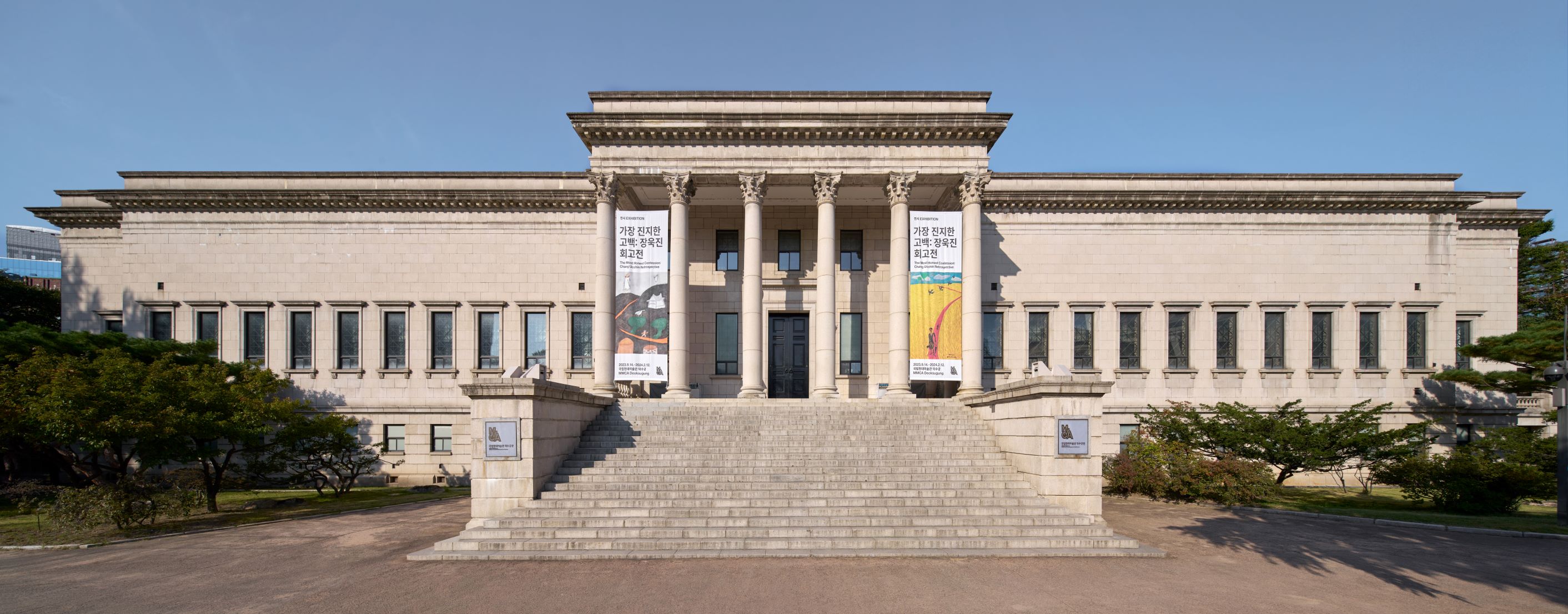
MMCA Deoksugung ⓒKim Taedong
Deoksugung Museum of Art
* Source: Multilingual Glossary of Korean Art. Korea Arts Management Service
Related
-
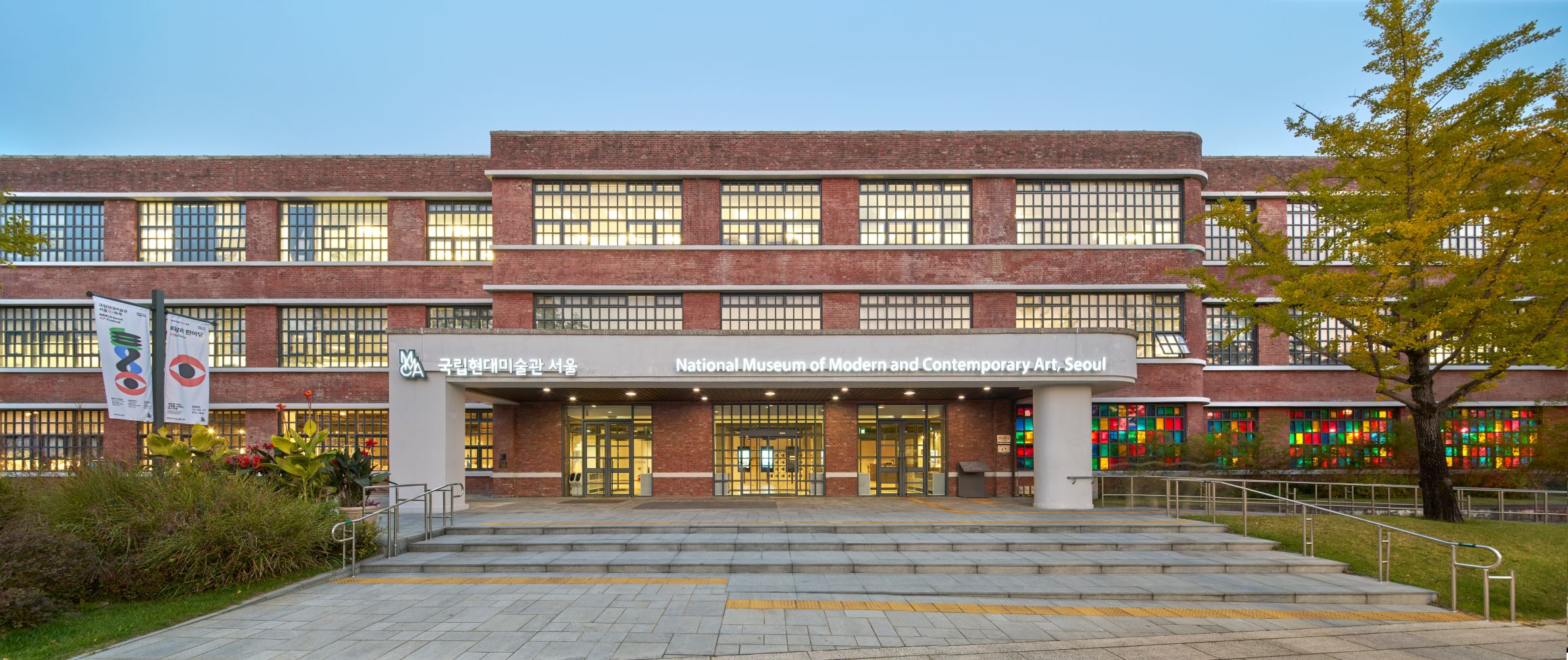
National Museum of Modern and Contemporary Art, Korea (MMCA)
A national museum established in 1969 that researches, collects, and exhibits modern and contemporary art. As of 2018, there are branches in Gwacheon, Deoksugung, Seoul, and Cheongju. When first established, the National Museum of Modern Art (now MMCA) was located within Gyeongbokgung palace. In 1973, the museum moved to the East Wing of the Deoksugung Seokjojeon building. Then, in 1986, the museum moved to its current location in Gwacheon, to occupy a new building equipped with an outdoor sculpture exhibition space, and has since opened a new chapter in Korean art. The perceived need for a space to focus specifically on Korean contemporary art led to the establishment of further site, the National Museum of Contemporary Art, Deoksugung in 1998. In November 2013, a further demand for contemporary art exhibitions led to the establishment of another Seoul branch being created in the Defense Security Command building in Sogyeok-dong, Jongno-gu, which has since its inception engaged in multifaceted exhibitions of both domestic and overseas contemporary art. Also, as a further component of the MMCA complex, a disused tobacco factory in Cheongju was remodeled to provide a home to the National Art Storage Center.
-
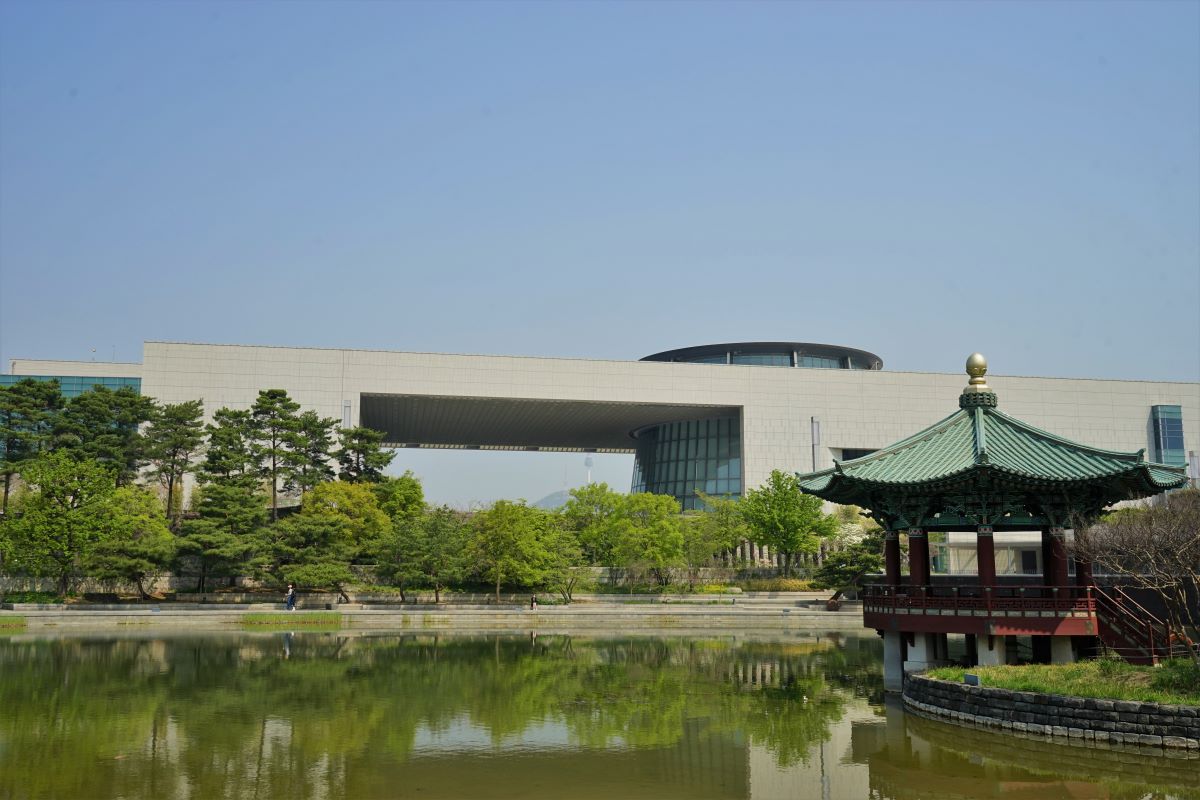
National Museum of Korea
The National Museum of Korea is located at 137 Seobinggo-ro, Yongsan-gu, Seoul. The predecessor to the National Museum is the Yi Royal Family Museum founded in September 1908. The Yi Royal Family Museum showcased artwork owned by the royal family of Korea and was opened to the public in November 1909. The museum was relocated from its original home in the Japanese Government-General of Korea building to Gyeongbokgung Palace in 1910 and renamed the Japanese Government-General of Korea Museum in December 1915. The Japanese Government-General of Korea Museum collected and exhibited excavated artefacts and donated items from temples while conducting historical and archaeological research and archiving. The National Museum of Korea was established following the acquisition of the Japanese General-Government Museum in December 1945. In 1969, the National Museum of Korea merged with the Deoksugung Museum, the successor of the Yi Royal Family Museum. In October 2005, the National Museum of Korea moved to a newly constructed building at its current location in Seoul. As of December 31st, 2018, the museum holds a collection of approximately 410,000 pieces that span from the prehistoric to the modern era, and includes works from China, Japan, and Central Asia.
-
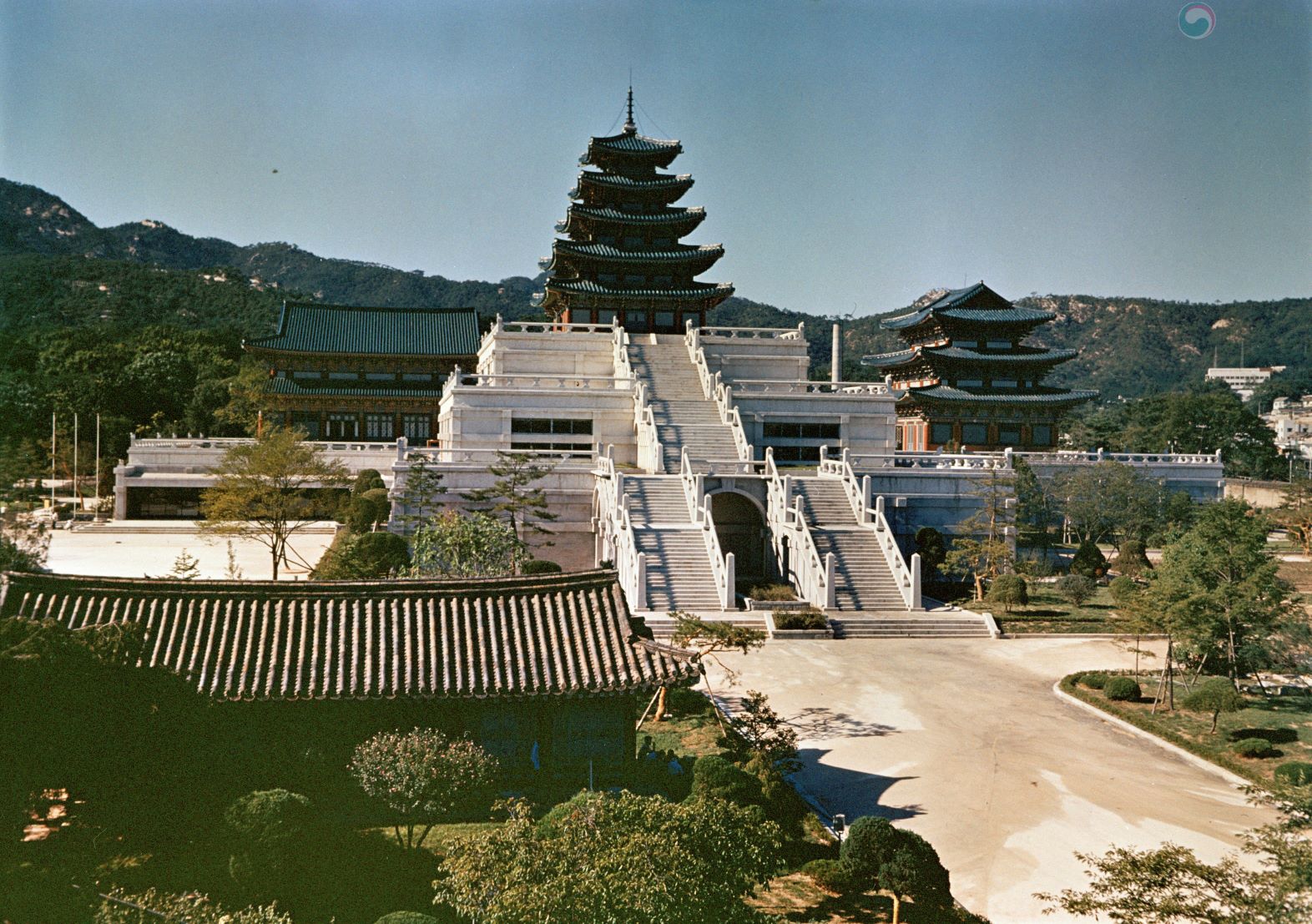
National Museum
The National Museum was established by the Korean government in 1945 after Independence. It consists of a general museum and a special museum. The National Museum of Korea as a general museum took over the Museum of the Japanese Government-General of Korea and opened at Gyeongbokgung Palace in 1945. It annexed the Gyeongju, Buyeo, Gongju, and Kaesong museums. It also annexed Song Seokha’s National Museum of Anthropology and accepted the collection of Deoksugung Museum of Art (former Yi Royal Family Museum) in 1969. The museum was called “National Museum” from 1945 to 1972, and the “National Museum, of Korea” after the reorganization in 1972. Meanwhile, local annex museums were upgraded to local national museums, such as Gyeongju National Museum and Buyeo National Museum. Since Independence, national museums have been constructed in many local cities, including Gyeongju, Buyeo, Gongju, Gwangju, Jinju, Cheongju, Jeonju, Daegu, Gimhae, Jeju, Chuncheon, Naju, and Iksan. These museums play pivotal roles in maintaining local histories and cultures. Special museums within the National Museum of Korea include the National Palace Museum (the history and culture of the Joseon Dynasty), the Maritime Museum (maritime culture), the Forest Museum, the Diplomatic Museum, the Police Museum, the Custom Museum, the Lighthouse Museum, the Postal Museum, and the Museum of Korean Traditional Music.
Find More
-
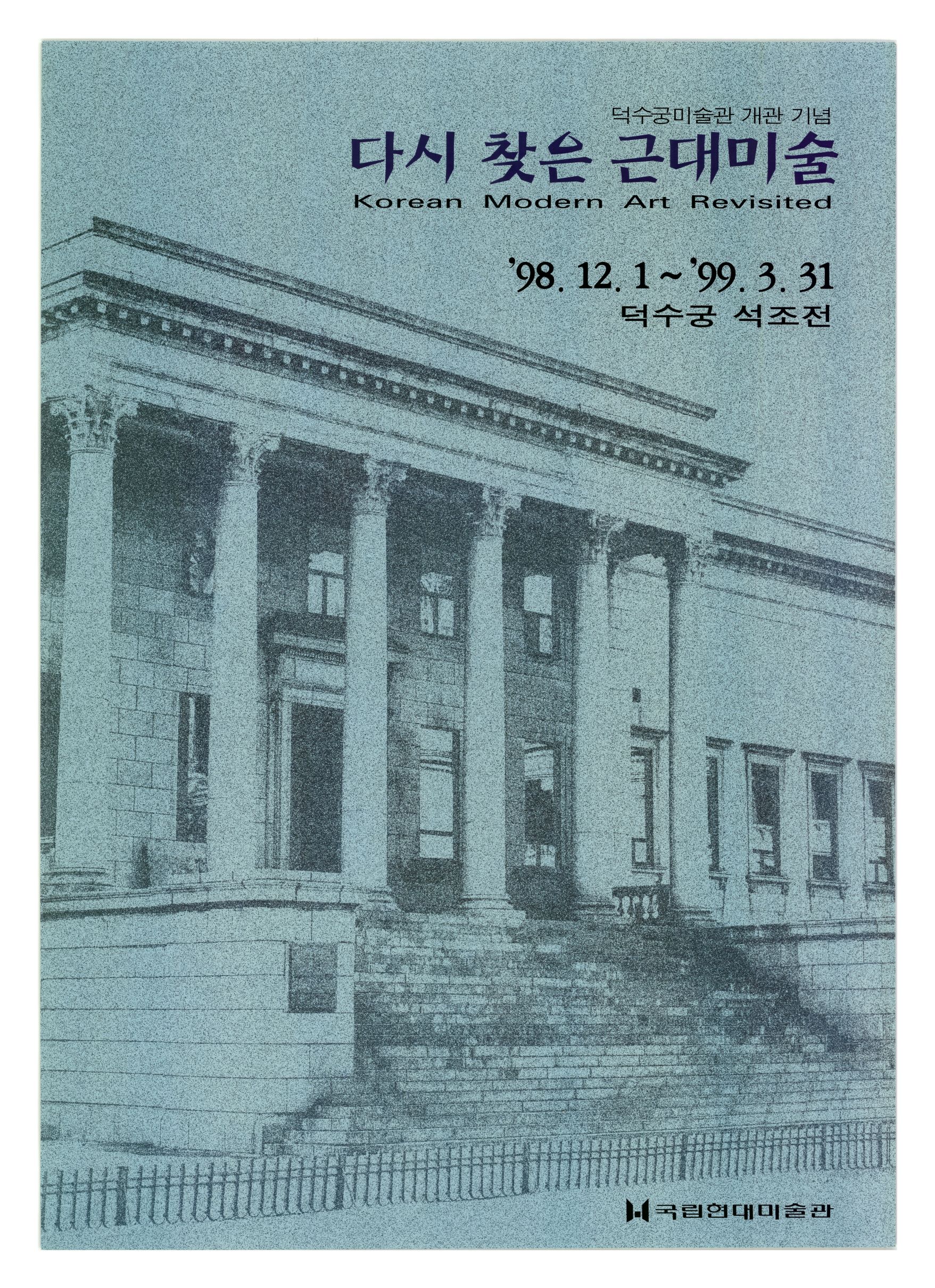
Korean Modern Art Revisited
Korean Modern Art Revisited was a special exhibition held by the National Museum of Contemporary Art (now MMCA) in Seokjojeon Hall at Deoksugung Palace from December 1 in 1998 through March 31 in the following year to coincide with the opening of the MMCA’s Deoksugung branch. As the MMCA was relocated to a new museum built in Gwacheon in 1986, the Western Building of the Deoksugung Palace, which had been used as the Bureau of Cultural Heritage Management, was reopened in 1998 as the Deoksugung Palace branch of the MMCA. The MMCA declared that its Deoksugung Palace branch would be operated as an art museum specializing in exhibitions and research on modern Korean art. The Deoksugung Palace branch held the inaugural exhibition Korean Modern Art Revisited with the intention of bridging the gap between Korean modern and contemporary art. There were 146 works on display, including forty-nine works by twenty-six ink-and-wash and polychrome painters, eighty-three works by forty-three oil painters, and fourteen works by six overseas Korean artists. In line with its intention to restore the lost history of modern Korean art, the exhibition unveiled for the first time the works by artists who defected to North Korea and had been excluded from Korean art history, including Lee Yeoseong, Pai Unsoung, Chung Chong-you, Gil Jinseop, and Lee Qoede. It also displayed works by artists active in Central Asia, Japan, and other foreign countries, such as Shin Sunnam (Nikolai sergeevich Shin), Park Seongyong (Nikolai Park), Cho Yanggyu, and Chun Huahuan. Moreover, it unearthed and exhibited works by artists who had not been spotlighted in South Korea, including Jin Hwan, Park Myungjoe, Kim Seyong, and Choi Keunbae. This exhibition was the first to highlight the MMCA’s role in reconstructing modern art history by discovering and exhibiting lost or forgotten modern artworks. Until the opening of its Seoul branch in Sogyeok-dong in 2013, the MMCA maintained a dual system. The main building in Gwacheon focuses on contemporary art while the Deoksugung Palace branch emphasizes modern art.
-
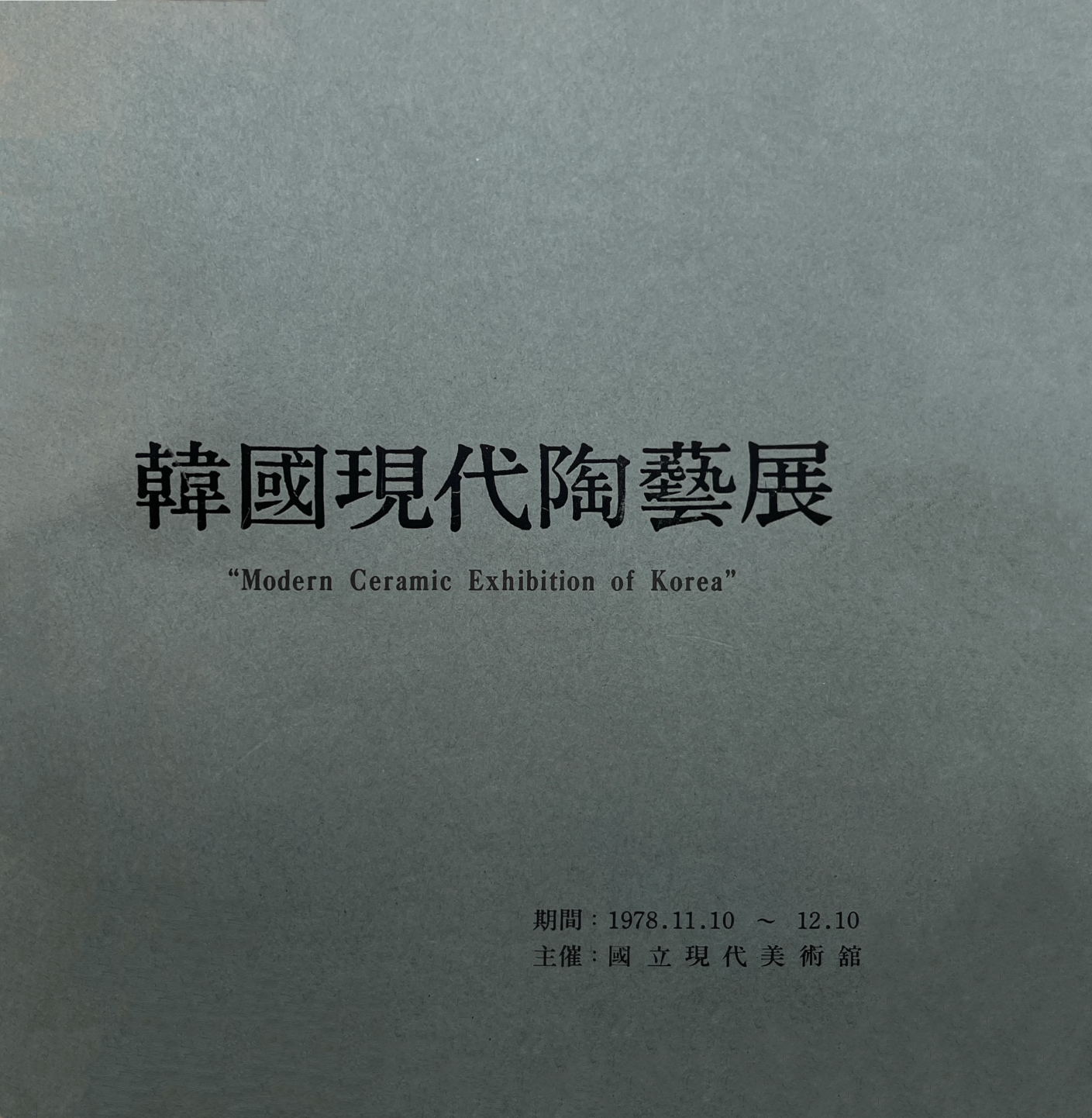
Modern Ceramic Exhibition of Korea
The Modern Ceramic Exhibition of Korea was a special exhibition on Korean contemporary ceramic artists curated and hosted by the MMCA in 1978. The exhibition, which was held from November 10 through December 1 at the National Museum of Modern Art (now MMCA), explored the relationship between the traditions of Goryeo celadon and Joseon white porcelain and contemporary ceramics. It featured sixty-nine works by fourteen artists selected through profound discussions. The participating artists included Kang Suhwa, Kwon Soonhyung, Kim Sukwhan, Kim Yik-yung, Shin Sangho, Won Daichung, Yoon Kwangcho, Rhee Boo-ung, Lee Jongsu, Yim Mugeun, Chung Damsun, Cho Chunghyun, Hwang Jonggu, and Hwang Chongnye. Among them, only Yoon Kwangcho was a full-time artist. The exhibition received a skeptical review on the impoverished state of contemporary Korean ceramic circles in that only fourteen artists were selected. Nonetheless, the Modern Ceramic Exhibition of Korea, which was held in the formative stage of early contemporary ceramic art, is significant in that it is a major exhibition advancing new recognition of traditions.
-
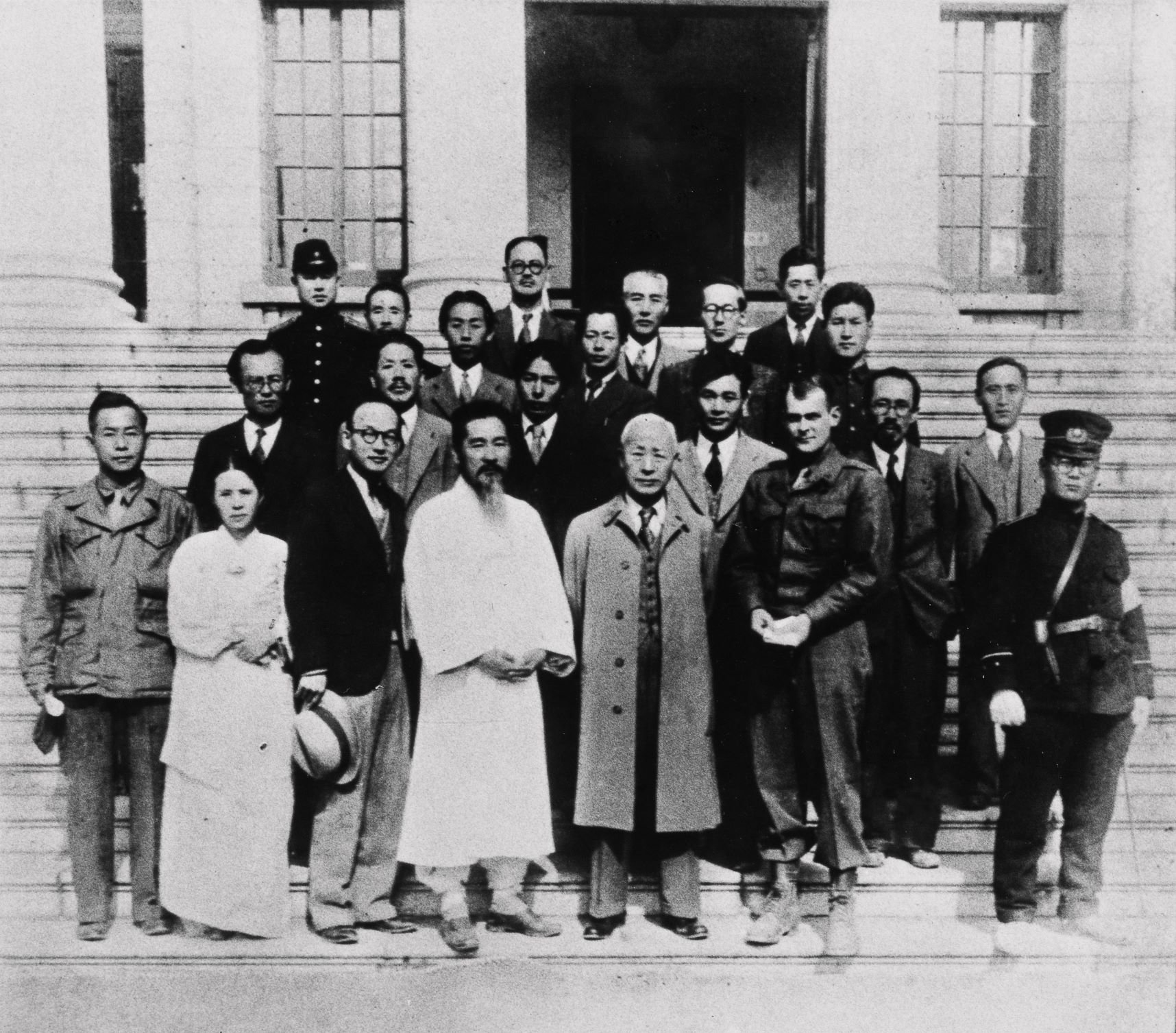
Art Exhibition in Celebration of National Independence
An exhibition held in 1945 at the Seokjojeon in Deoksu Palace. It was held to celebrate Korea’s independence and welcome the advancing Allied forces. The event was organized by the Korean Art Construction Headquarters [Joseon misul geonseol bonbu], and the exhibition lasted from October 20 to 30. The official title of the exhibition was the Art Exhibition in Celebration of National Independence. 132 works of 97 artists were featured in the exhibition, and 20,000 visitors came to see the exhibition in ten days. Kim Eunho, Lee Sangbeom, and Kim Kichang were not allowed to take part in the exhibition due to their willing collaboration with Japanese authorities during the colonial period. Lee Insung was also criticized by right-wing artists for the design of his posters for the exhibition, which read, “all rights to the people.” Another point of controversy was the fact that most artists featured works that they produced during the Japanese colonial era instead of new works. The exhibition served as an example of the state of the national art community at the time of the liberation, which was in disarray due to the process of attempting to exorcise the influential ideological and structural remnants of Japanese colonialism.






